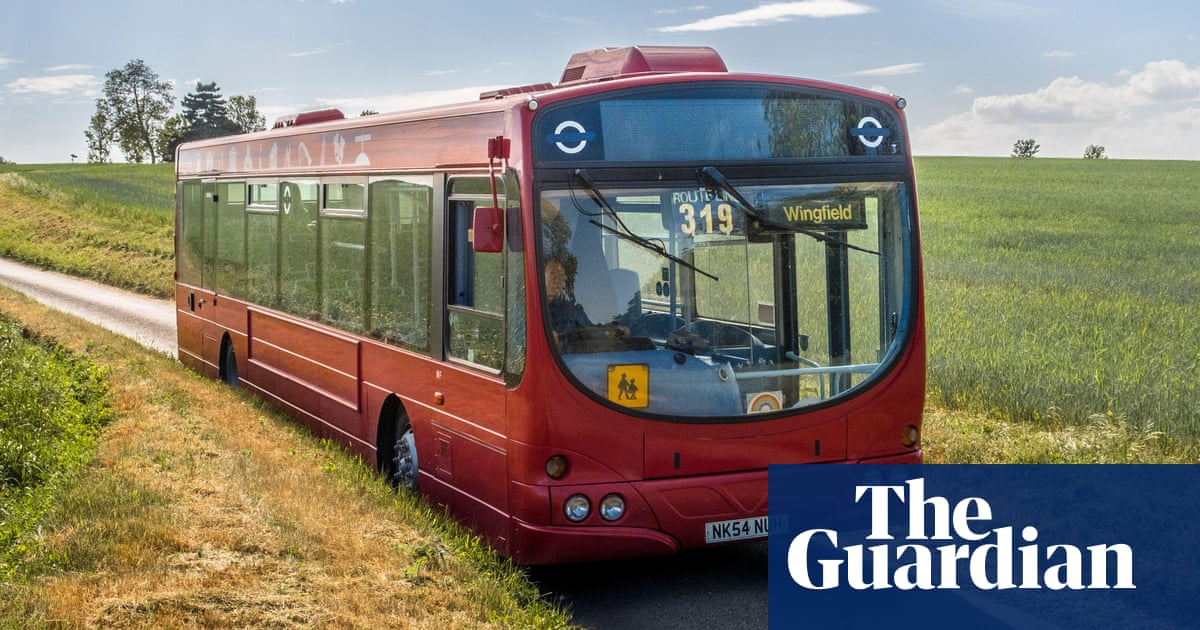Almost a fifth of bus routes in rural areas ofEnglandhave disappeared over the past five years despite government pledges to improve services, with county councils arguing they have lost out on bus funding to cities and towns.
Rural areas have received about half the extra state funding per capita than that awarded to urban areas with more comprehensive services, according to analysis by the County Councils Network.
The organisation, which represents local authorities in England’s counties, said bus services in rural areas declined by 18% between 2019 and 2024, outstripping the wider fall across the country.
The fall comes despite the apparent attempts by governments to tackle the decline of services outside London – including an initial £3bn “bus back better”promise under Boris Johnsonin 2021, although much of the funding was diverted to emergency Covid support for bus operators.
An eventual total of £2.1bn in bus service improvement plan money from successive governments was allotted. However, county councils argue it was unevenly spread, with their residents receiving the equivalent of £31 a person, compared with £58 a person for urban authorities.
The Labour government has also vowed to bring about better bus services, includinglegislation extending franchising powers nationwideto enable all local authorities to take buses under local control.
Cllr Peter Thornton, a transport spokesperson for the County Councils Network, said they had been “swimming against the tide with too much money going to urban and city areas where services are more frequent and modern”.
He said: “For the county areas that have seen half the money than the large towns and cities have received, or as much as eight times less in some instances, bus routes are down a fifth on pre-pandemic levels and this decline has not been halted since money first started being distributed in 2022.
“Yet there is a clear demand for county buses, and for many rural areas and smaller towns, they are a lifeline rather than a luxury.”
He added: “Reforms such as integrated transport budgets and bus franchising are useful but they tinker around the edges when what is really needed is more government funding.”
Campaign for Better Transport, meanwhile, said an extra £1bn a year was needed for buses, with its own analysis claiming that four out of every 10 council wards across England and Wales do not have a “reasonable” level of bus services.
Sign up toFirst Edition
Our morning email breaks down the key stories of the day, telling you what’s happening and why it matters
after newsletter promotion
Ben Plowden, the chief executive of Campaign for BetterTransport, said: “Increasing access to local buses is one of the quickest and most cost-effective ways of reducing social exclusion, boosting local economies and building thriving communities. Investing an extra £1bn a year in our bus services – around half a per cent of the NHS budget – would have a huge social and economic benefit and would be great value for money for taxpayers.”
A Department for Transport spokesperson said: “Buses are a vital service for millions of people across the UK and we are keen to make sure they remain affordable.
“Our buses bill will introduce first-time protections for services in rural and deprived areas, and deliver on our commitment to improve living standards across the country.”
